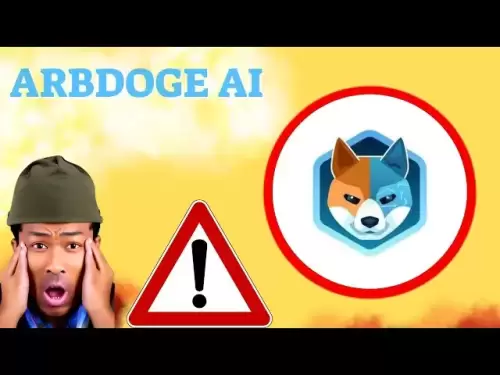-
 Bitcoin
Bitcoin $118,698.3676
0.16% -
 Ethereum
Ethereum $3,428.4877
5.97% -
 XRP
XRP $3.2496
9.52% -
 Tether USDt
Tether USDt $1.0002
0.00% -
 BNB
BNB $725.6930
4.36% -
 Solana
Solana $174.8923
4.52% -
 USDC
USDC $0.9997
-0.02% -
 Dogecoin
Dogecoin $0.2139
6.02% -
 TRON
TRON $0.3155
4.62% -
 Cardano
Cardano $0.8045
7.12% -
 Hyperliquid
Hyperliquid $46.6582
-1.72% -
 Stellar
Stellar $0.4676
0.80% -
 Sui
Sui $4.0143
0.38% -
 Chainlink
Chainlink $17.1546
2.97% -
 Hedera
Hedera $0.2458
3.27% -
 Bitcoin Cash
Bitcoin Cash $496.5967
-0.06% -
 Avalanche
Avalanche $22.8813
3.13% -
 Shiba Inu
Shiba Inu $0.0...01439
3.42% -
 UNUS SED LEO
UNUS SED LEO $8.8389
0.42% -
 Toncoin
Toncoin $3.2113
2.82% -
 Litecoin
Litecoin $101.2646
4.24% -
 Polkadot
Polkadot $4.2262
2.32% -
 Monero
Monero $340.4295
2.92% -
 Pepe
Pepe $0.0...01365
2.92% -
 Uniswap
Uniswap $8.9702
-2.78% -
 Bitget Token
Bitget Token $4.7675
2.00% -
 Dai
Dai $0.9998
-0.02% -
 Ethena USDe
Ethena USDe $1.0003
-0.04% -
 Aave
Aave $324.6394
-2.11% -
 Bittensor
Bittensor $433.6051
-0.88%
What is Solidity?
Solidity, designed for Ethereum smart contracts, is statically typed, supports inheritance and libraries, and is crucial for DApps on the EVM.
Apr 08, 2025 at 06:56 am

Solidity is a high-level, contract-oriented programming language specifically designed for writing smart contracts on blockchain platforms, most notably Ethereum. It was developed by the Ethereum team and is the primary language used for creating decentralized applications (DApps) and smart contracts that run on the Ethereum Virtual Machine (EVM). Solidity is statically typed and supports inheritance, libraries, and complex user-defined types, among other features, making it a powerful tool for developers in the blockchain space.
History and Development of Solidity
Solidity was first proposed in August 2014 by Gavin Wood, one of the co-founders of Ethereum. The language was designed to be similar to ECMAScript (JavaScript) to make it more accessible to developers already familiar with web development. The first version of Solidity, version 0.1.0, was released in January 2015. Since then, Solidity has undergone numerous updates and improvements, with the current stable version being 0.8.x. The development of Solidity is overseen by the Ethereum Foundation, and the language's source code is open-source, allowing for community contributions and continuous enhancement.
Key Features of Solidity
Solidity includes several key features that make it suitable for developing smart contracts on the Ethereum blockchain. It is statically typed, which means that the type of every variable must be known at compile time, helping to prevent many common programming errors. Solidity also supports inheritance, allowing developers to create complex contract hierarchies. Additionally, libraries can be used to reuse code and reduce the size of deployed contracts. Solidity also supports complex user-defined types, such as structs and enums, which can be used to model real-world data structures within smart contracts.
Writing Smart Contracts with Solidity
Writing a smart contract in Solidity involves several steps, from setting up the development environment to deploying the contract on the Ethereum blockchain. Here is a detailed guide on how to write a simple smart contract using Solidity:
- Install the Solidity Compiler: The first step is to install the Solidity compiler, also known as solc. This can be done using npm by running the command
npm install -g solc. - Set Up a Development Environment: Developers can use tools like Remix, an online Solidity IDE, or set up a local environment using Truffle, a popular development framework for Ethereum.
- Write the Smart Contract: Create a new file with a
.solextension and start writing the contract. For example, a simple contract to store and retrieve a value might look like this:
// SPDX-License-Identifier: MIT
pragma solidity ^0.8.0;contract SimpleStorage {
uint256 storedData;
function set(uint256 x) public {
storedData = x;
}
function get() public view returns (uint256) {
return storedData;
}
}
- Compile the Contract: Use the Solidity compiler to compile the contract. If using Remix, this can be done directly in the browser. If using a local setup, run
solcjs --bin SimpleStorage.solto compile the contract and generate the bytecode. - Deploy the Contract: Deploy the compiled contract to the Ethereum blockchain using tools like Truffle or Remix. This involves sending a transaction with the contract's bytecode to the Ethereum network.
- Interact with the Contract: Once deployed, the contract can be interacted with using Ethereum's Web3.js library or other similar tools. For example, to call the
setfunction, you would send a transaction to the contract's address with the appropriate function signature and arguments.
Security Considerations in Solidity
Security is a critical aspect of developing smart contracts with Solidity. Smart contracts are immutable once deployed, meaning that any bugs or vulnerabilities cannot be fixed without deploying a new version of the contract. This makes it essential to thoroughly test and audit contracts before deployment. Some common security issues to watch out for include:
- Reentrancy Attacks: These occur when a contract calls an external contract before resolving its own state changes, allowing the external contract to call back into the original contract and potentially drain its funds.
- Integer Overflow and Underflow: Solidity versions prior to 0.8.0 did not automatically check for integer overflows and underflows, which could lead to unexpected behavior. Since version 0.8.0, these checks are automatically included, but developers should still be aware of this issue.
- Gas Limitations: Smart contracts must be mindful of gas costs, as transactions that exceed the gas limit will fail. Optimizing gas usage is crucial for ensuring that contracts can be executed successfully on the Ethereum network.
Tools and Resources for Solidity Developers
There are numerous tools and resources available to help developers learn and work with Solidity. Remix is a popular online IDE that allows developers to write, compile, and deploy Solidity contracts directly in the browser. Truffle is a comprehensive development framework that provides tools for testing, deploying, and managing Ethereum smart contracts. OpenZeppelin is a library of secure, community-vetted smart contract components that can be used to build more robust and secure contracts. Additionally, the Solidity documentation is an invaluable resource for learning the language and staying up-to-date with its latest features and best practices.
Learning Solidity
For those new to Solidity, there are several resources available to help get started. Online courses on platforms like Coursera, Udemy, and edX offer comprehensive introductions to Solidity and Ethereum development. Tutorials and guides on websites like Ethereum.org and FreeCodeCamp provide step-by-step instructions for writing and deploying smart contracts. Books such as "Mastering Ethereum" by Andreas M. Antonopoulos and Gavin Wood provide in-depth coverage of Ethereum and Solidity. Joining developer communities on platforms like GitHub, Stack Overflow, and Reddit can also be helpful for getting feedback and support from experienced developers.
Frequently Asked Questions
Q: Can Solidity be used on blockchains other than Ethereum?
A: While Solidity was specifically designed for the Ethereum blockchain, it can also be used on other blockchain platforms that support the Ethereum Virtual Machine (EVM), such as Binance Smart Chain and Polygon. However, some features and syntax may differ slightly depending on the specific platform.
Q: Is it necessary to have a background in programming to learn Solidity?
A: While having a background in programming can be helpful, it is not strictly necessary to learn Solidity. Many resources are available for beginners, and the language's similarity to JavaScript makes it more accessible to those with web development experience. However, a basic understanding of programming concepts and blockchain technology is beneficial.
Q: How can I test my Solidity smart contracts before deploying them to the main Ethereum network?
A: Testing Solidity smart contracts can be done using various tools and frameworks. Truffle provides a testing framework that allows developers to write and run tests against their contracts. Remix also includes a built-in testing environment where contracts can be tested directly in the browser. Additionally, developers can use testnets like Ropsten or Rinkeby to deploy and test contracts in a simulated environment before deploying to the main Ethereum network.
Q: What are some common mistakes to avoid when writing Solidity contracts?
A: Some common mistakes to avoid when writing Solidity contracts include not handling integer overflows and underflows, failing to account for gas limitations, and not properly securing contracts against reentrancy attacks. It's also important to thoroughly test and audit contracts before deployment to catch any potential issues.
Disclaimer:info@kdj.com
The information provided is not trading advice. kdj.com does not assume any responsibility for any investments made based on the information provided in this article. Cryptocurrencies are highly volatile and it is highly recommended that you invest with caution after thorough research!
If you believe that the content used on this website infringes your copyright, please contact us immediately (info@kdj.com) and we will delete it promptly.
- Maharashtra Government Nurses Launch Indefinite Strike: A Healthcare Crisis?
- 2025-07-18 04:30:13
- Hilbert Group, Syntetika, and Tokenization: Bridging DeFi and Institutional Finance
- 2025-07-18 05:30:12
- Crypto Regulation in the US House: Decoding the CLARITY Act and What It Means for You
- 2025-07-18 04:30:13
- Superman Soars on Coins and Medals: A Collector's Guide to Comic Art Treasures
- 2025-07-18 05:30:12
- Bitcoin Whale Wallets in Motion: What's the Buzz?
- 2025-07-18 05:35:13
- Pepeto, Dogecoin, Popcat: Meme Coin Mania in 2025!
- 2025-07-18 05:50:12
Related knowledge
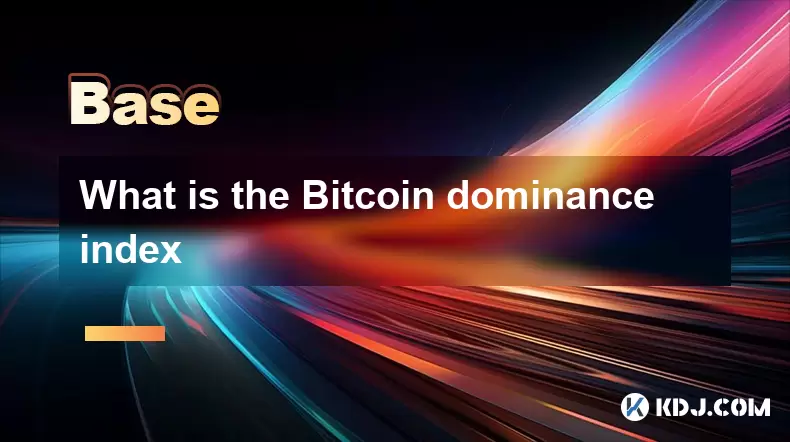
What is the Bitcoin dominance index
Jul 12,2025 at 10:35pm
Understanding the Bitcoin Dominance IndexThe Bitcoin Dominance Index, often abbreviated as BTC.D, is a metric used to measure Bitcoin's market capital...
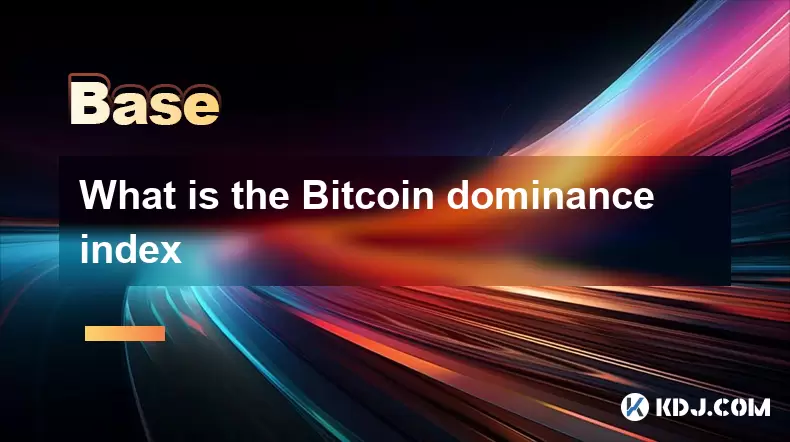
What is the Bitcoin dominance index
Jul 11,2025 at 04:29am
What is the Bitcoin Dominance Index?The Bitcoin Dominance Index is a metric used to gauge Bitcoin's market capitalization relative to the total market...
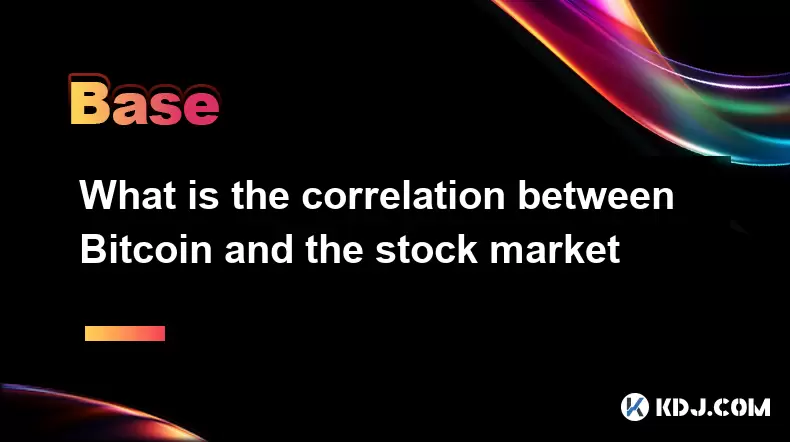
What is the correlation between Bitcoin and the stock market
Jul 18,2025 at 04:56am
Understanding the Correlation Between Bitcoin and the Stock MarketThe correlation between Bitcoin and the stock market has become a topic of increasin...
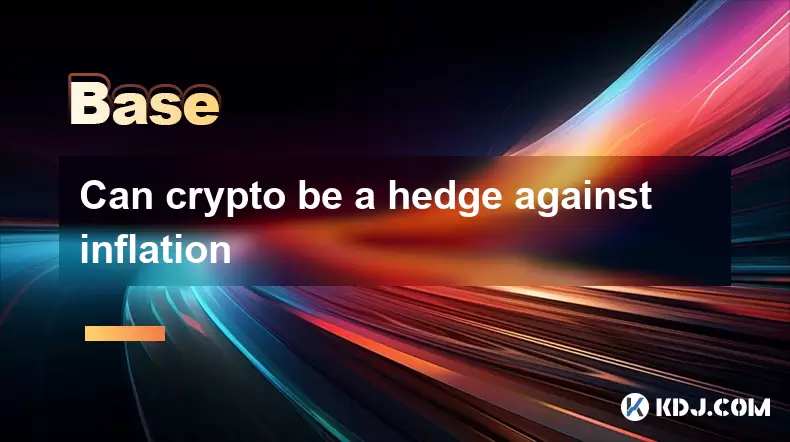
Can crypto be a hedge against inflation
Jul 14,2025 at 12:21am
Understanding the Concept of Hedging Against InflationInflation refers to the general increase in prices and fall in the purchasing value of money ove...
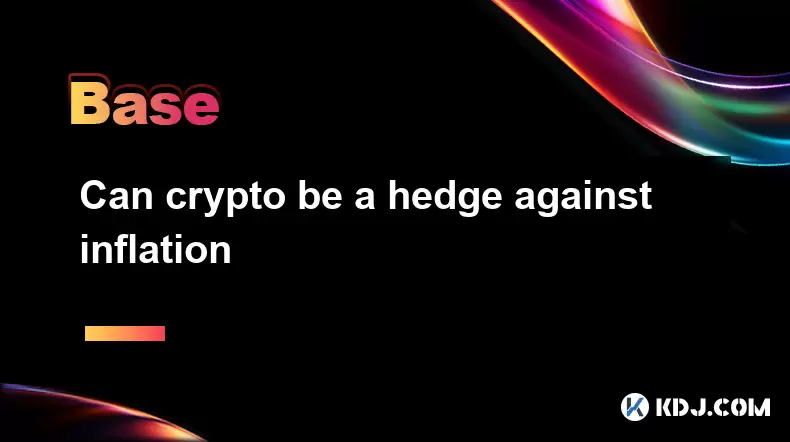
Can crypto be a hedge against inflation
Jul 12,2025 at 12:07pm
Understanding the Role of Blockchain in Decentralized Finance (DeFi)Blockchain technology serves as the backbone of decentralized finance, offering a ...
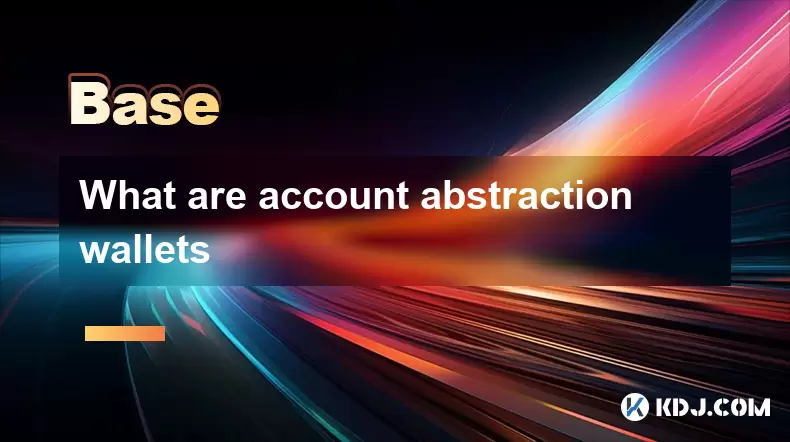
What are account abstraction wallets
Jul 13,2025 at 01:43am
Understanding the Concept of Account AbstractionAccount abstraction is a term frequently used in the Ethereum ecosystem, particularly within discussio...

What is the Bitcoin dominance index
Jul 12,2025 at 10:35pm
Understanding the Bitcoin Dominance IndexThe Bitcoin Dominance Index, often abbreviated as BTC.D, is a metric used to measure Bitcoin's market capital...

What is the Bitcoin dominance index
Jul 11,2025 at 04:29am
What is the Bitcoin Dominance Index?The Bitcoin Dominance Index is a metric used to gauge Bitcoin's market capitalization relative to the total market...

What is the correlation between Bitcoin and the stock market
Jul 18,2025 at 04:56am
Understanding the Correlation Between Bitcoin and the Stock MarketThe correlation between Bitcoin and the stock market has become a topic of increasin...

Can crypto be a hedge against inflation
Jul 14,2025 at 12:21am
Understanding the Concept of Hedging Against InflationInflation refers to the general increase in prices and fall in the purchasing value of money ove...

Can crypto be a hedge against inflation
Jul 12,2025 at 12:07pm
Understanding the Role of Blockchain in Decentralized Finance (DeFi)Blockchain technology serves as the backbone of decentralized finance, offering a ...

What are account abstraction wallets
Jul 13,2025 at 01:43am
Understanding the Concept of Account AbstractionAccount abstraction is a term frequently used in the Ethereum ecosystem, particularly within discussio...
See all articles
























